Diffusion Bonding: The Advanced Joining Technique Transforming Manufacturing
In determining the success of any engineering process, precision and durability are key factors in advanced manufacturing. One such cutting-edge technique that has revolutionized the way metals and ceramics are joined is diffusion bonding. Unlike traditional welding methods that rely on melting materials together, diffusion bonding achieves a strong metallurgical bond without melting, using heat, pressure, and atomic diffusion.
How Diffusion Bonding Works
At its core, diffusion bonding is a solid-state joining process where two or more carefully prepared surfaces are brought into contact and subjected to high temperature (typically 50-80% of their melting point) and moderate pressure. Over time, atoms migrate across the interface, eliminating microscopic gaps and forming a seamless bond. This results in a high-strength joint that retains the original properties of the materials, making it ideal for applications where precision and integrity are paramount.
The process follows these key steps:
- Surface Preparation – The materials are meticulously cleaned and polished to remove oxides, contaminants, and imperfections.
- Alignment & Contact – The surfaces are positioned with extreme precision to ensure proper bonding.
- Application of Heat & Pressure – The assembly is heated in a controlled environment, often in a vacuum or inert gas chamber, while moderate pressure is applied.
- Atomic Diffusion – Over time, atoms at the interface migrate, eliminating voids and creating a continuous structure.
- Cooling & Completion – Once the bond is fully formed, the assembly is allowed to cool, locking in the structural integrity of the joint.
Why Choose Diffusion Bonding?
This advanced joining method offers several advantages over conventional welding and brazing techniques:
- Superior Strength & Durability – The bond is often as strong as the base material, making it ideal for high-stress applications.
- No Filler Materials Needed – Unlike brazing or soldering, diffusion bonding doesn’t require any additional materials, reducing the risk of contamination.
- Preservation of Material Properties – Since the process doesn’t involve melting, materials maintain their original mechanical and thermal properties.
- Works with Dissimilar Materials – Metals, ceramics, and composites that are otherwise difficult to weld can be successfully joined.
- Hermetic Seals & Precision Bonding – The process creates tight, leak-free joints with exceptional dimensional accuracy.
Industries Benefiting from Diffusion Bonding
Due to its unmatched reliability and strength, diffusion bonding is widely used in industries where precision is non-negotiable:
- Aerospace & Defense – Used in manufacturing turbine blades, heat exchangers, and lightweight structural components for aircraft and spacecraft.
- Medical & Biotech – Helps create high-performance implants, surgical instruments, and microfluidic devices.
- Electronics & Semiconductors – Ideal for producing high-precision electronic components and heat sinks.
- Automotive Engineering – Used in advanced engine and exhaust system components to withstand extreme temperatures and stress.
The Future of Diffusion Bonding
As technology advances, diffusion bonding is becoming even more precise and efficient. Innovations in vacuum environments, automation, and material science continue to expand the capabilities of this technique, making it a go-to solution for high-tech industries. With increased demand for stronger, lighter, and more reliable components, diffusion bonding is set to play a critical role in the future of manufacturing, aerospace engineering, and medical device fabrication.
For industries requiring high-performance, defect-free joining solutions, diffusion bonding isn’t just an option—it’s the future.
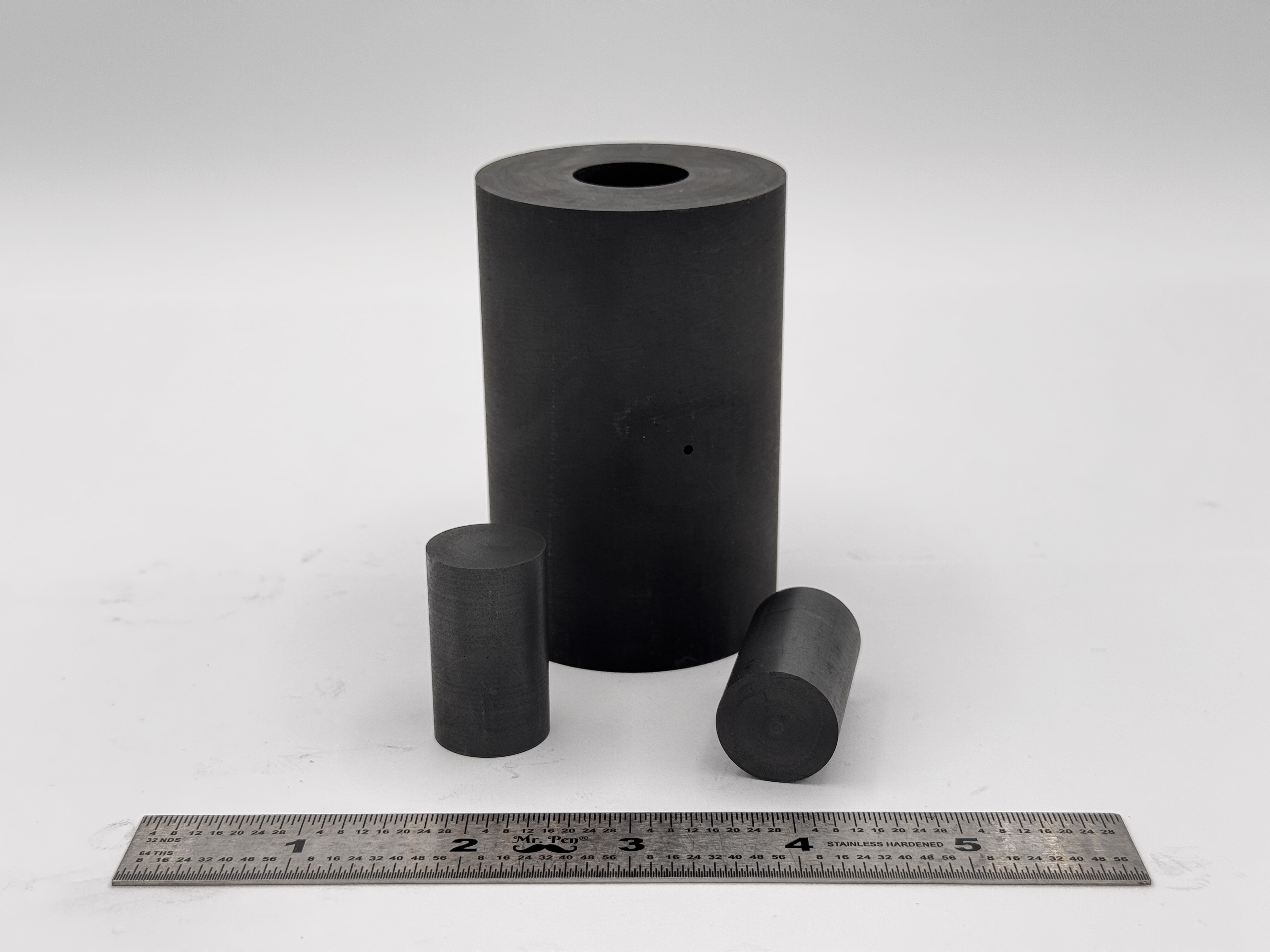 High Strength SPS Graphite Tooling
High Strength SPS Graphite Tooling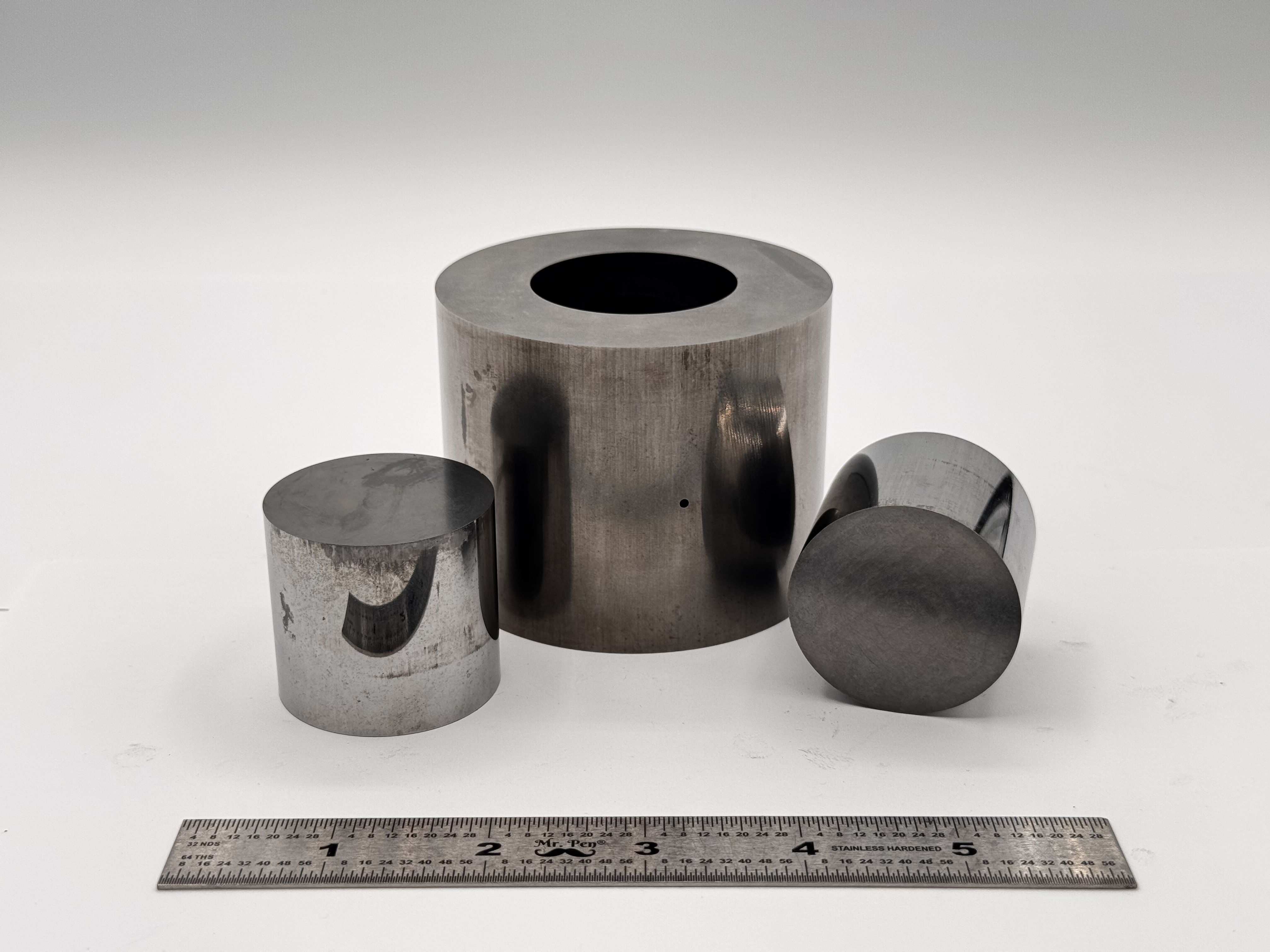 Tungsten Carbide Tooling
Tungsten Carbide Tooling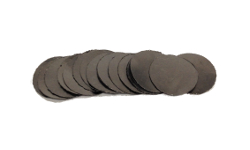 Carbon Graphite Foil / Paper
Carbon Graphite Foil / Paper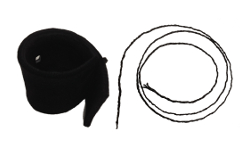 Carbon Felt and Yarn
Carbon Felt and Yarn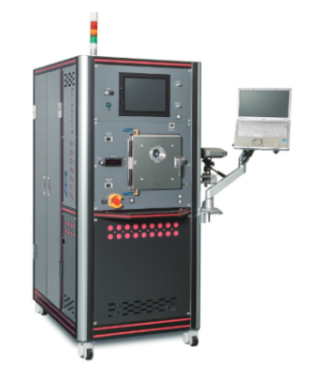 Spark Plasma Sintering Systems
Spark Plasma Sintering Systems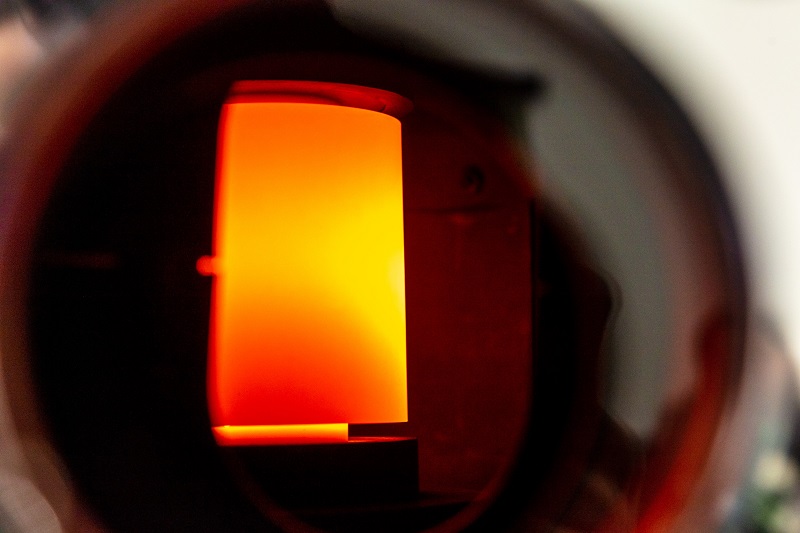 SPS/FAST Modeling Software
SPS/FAST Modeling Software